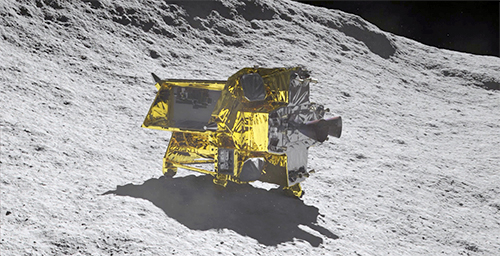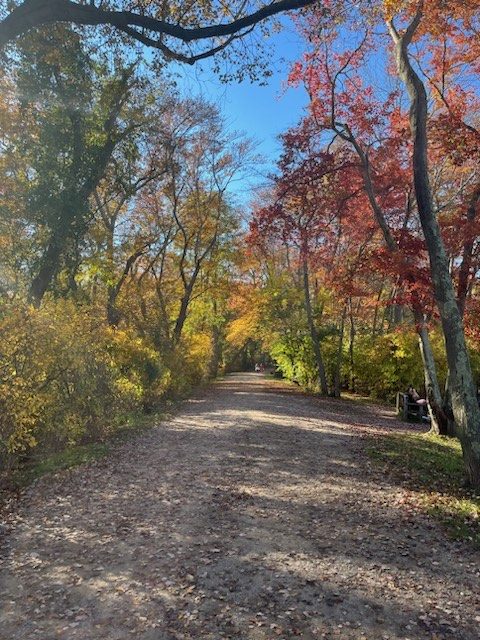Geoengineering may be a foreign subject to many people; however, in the future, geoengineering may be a familiar and hopeful method that scientists could use to solve the problems of climate change and global warming. Geoengineering is the idea that we can reduce greenhouse gas emissions as well as levels of carbon dioxide in the atmosphere, which would lower the Earth’s temperatures. Greenhouse gases, for context, are gases that trap heat in the atmosphere and include carbon dioxide, methane, and nitrous oxide.
Geoengineering became prevalent in the 1950s, past World War II, as the U.S. would utilize certain farming districts in the Midwest. Furthermore, geoengineering was used in ways of cloud seeding, in which, during the Vietnam War, lasting from 1957 to 1975, cloud seeding would be used over enemy troops so that they could block or disrupt the enemy territories. Certain tactics of cloud seeding were also used in the territories of the Soviet Union for beneficial farming purposes.
Although beneficial, geoengineering can be negative for an environment if not handled properly. One wrong move in the engineering of such artificial environmental methods may impact or destroy the environments they are trying to influence. However, with more research and studies done, the usage of this technique can be trusted and commonly utilized for positive reinforcement.
The impacts of geoengineering can be rapidly implemented and reduce the global temperatures that pose a great threat to the survival of Earth. The method itself will cost about 2.5 billion dollars to be implemented in U.S. environmental departments like the EPA, also known as the Environmental Protection Agency. It is up to the United States government as well as other first-world countries, with sufficient funding, to provide future projects and administrations for this issue.









Diavona King • May 29, 2024 at 1:19 pm
Maggie, this was a great article and was very informative. You effectively wrote about both sides of geoengineering by mentioning the pros and cons. Great work!